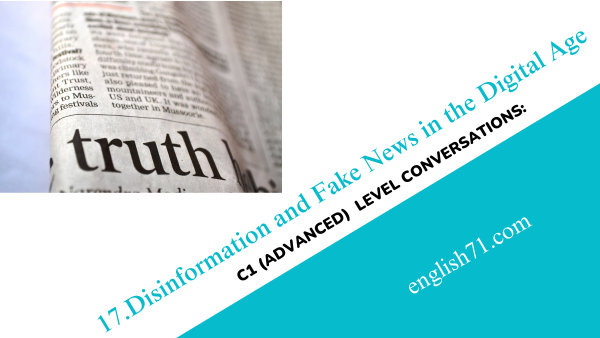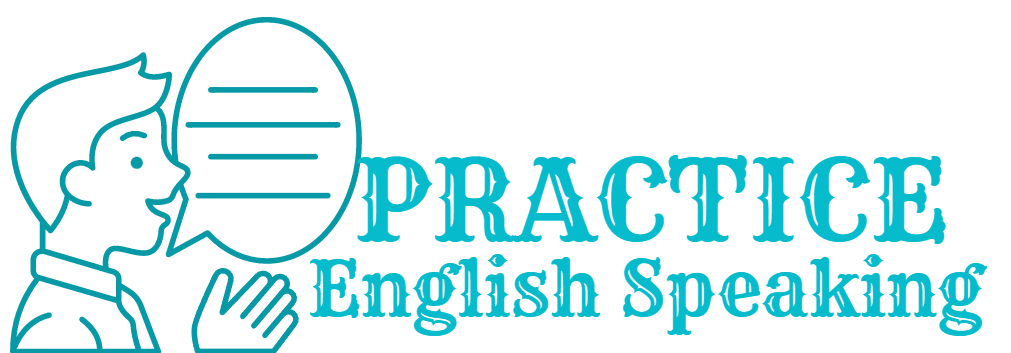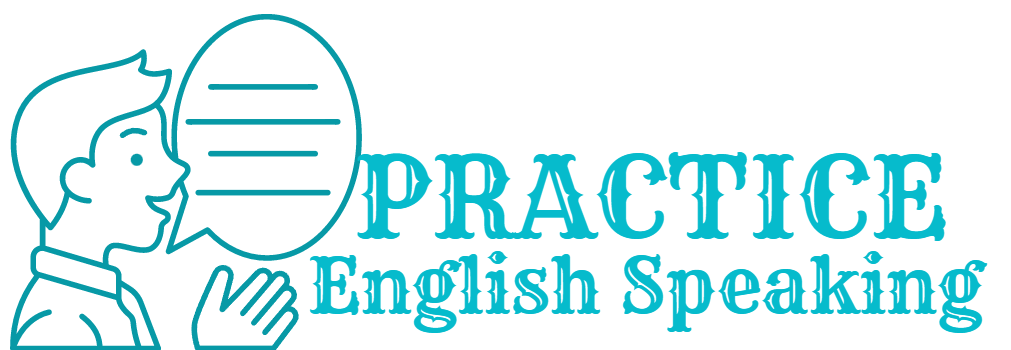C1 (Advanced) level Conversations: (17)Disinformation and Fake News in the Digital Age

Ranbir: Hi Sana, have you been following the discussions on disinformation and fake news lately?
Sana: Absolutely, Ranbir. It’s a concerning issue, especially with the rise of social media platforms as news sources.
Ranbir: Definitely. Misinformation spreads so quickly online, and it’s becoming increasingly challenging to distinguish between credible information and fake news.
Sana: I completely agree. The viral nature of false information can have serious consequences, from influencing elections to spreading harmful rumors during crises.
Ranbir: Exactly. That’s why it’s crucial for individuals to critically evaluate the sources of information they encounter online.
Sana: Absolutely. Fact-checking and verifying information before sharing it can help prevent the spread of misinformation.
Ranbir: And it’s not just individuals; social media platforms and tech companies also have a responsibility to combat fake news through better content moderation and algorithmic transparency.
Sana: Yes, there have been calls for stricter regulations and policies to hold these platforms accountable for the content they host.
Ranbir: Indeed. It’s a complex issue that requires a multi-stakeholder approach involving governments, tech companies, media organizations, and civil society.
Sana: Agreed. Education and media literacy programs are also essential to empower people to critically analyze the information they consume and share.
Ranbir: Absolutely. By working together and promoting digital literacy, we can mitigate the harmful effects of disinformation and fake news in the digital age.
Sana: Well said, Ranbir. It’s up to all of us to play our part in combating this global challenge.
Ranbir: Definitely, Sana. Let’s stay informed and vigilant in the fight against fake news and disinformation.



Summary:
Ranbir and Sana engage in a conversation about the prevalence of disinformation and fake news in the digital age. They highlight the challenges posed by misinformation spread through social media platforms and the importance of critically evaluating online sources. Both agree on the need for individuals, tech companies, and governments to take proactive measures to combat fake news, including fact-checking, content moderation, and promoting digital literacy. Their discussion emphasizes the collective responsibility in addressing this global issue through collaboration and education.

